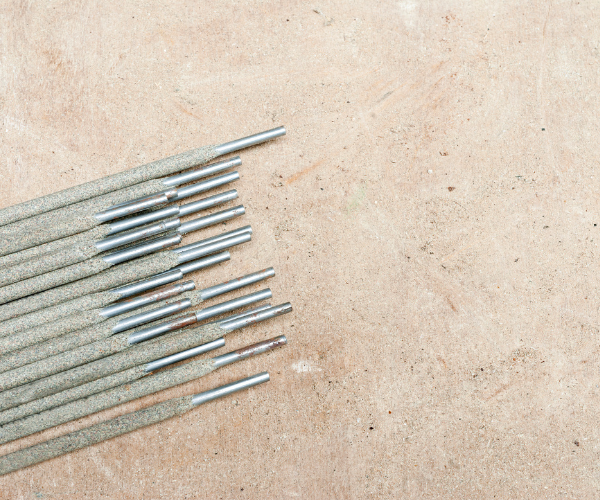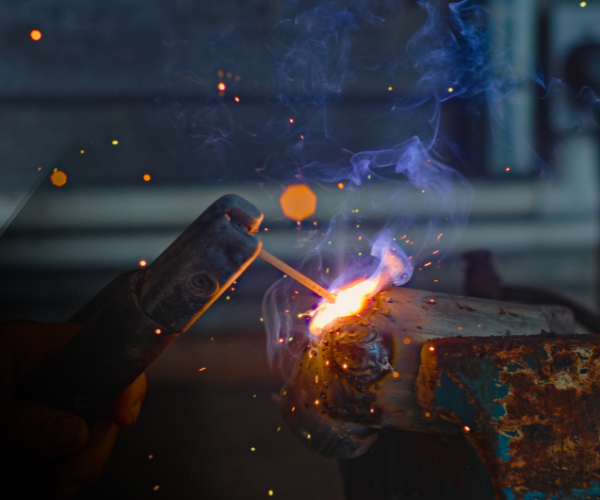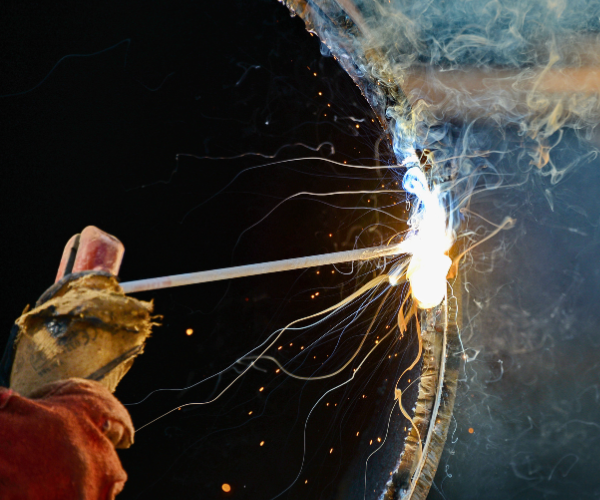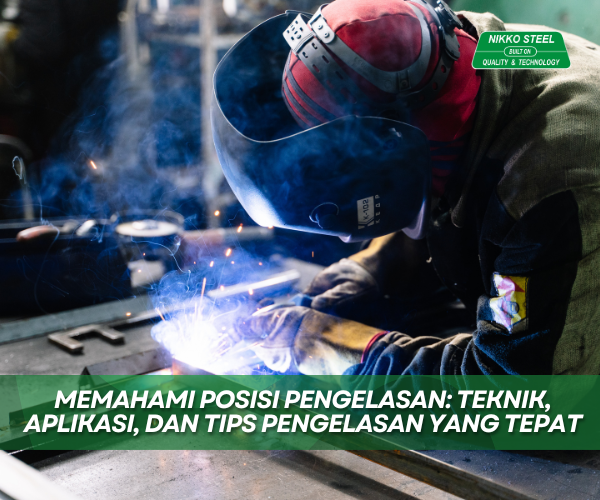Grinding Wheels : A Complete Guide to Types, Functions, and Selection
1. Understanding Grinding Wheels and Their Functions
1.1 What is a Grinding Wheel?
A grinding wheel is an abrasive disc-shaped tool used for sharpening, cutting, smoothing, and shaping various materials such as metal, stainless steel, concrete, and glass. Widely used in manufacturing, construction, and workshops, grinding wheels effectively remove material and shape objects with high precision.
1.2 Key Functions of Grinding Wheels in Industry and Workshops
Grinding wheels serve multiple key functions, including:
Sharpening: Used to sharpen cutting tools such as knives, drill bits, and chisels.
Cutting: Designed for cutting metal, stainless steel, concrete, and other materials.
Smoothing and Leveling: Helps in product finishing by removing rough surfaces.
Shaping Materials: Can be used to shape workpieces according to specific requirements.
1.3 Differences Between Grinding Wheels and Other Abrasive Tools
Grinding wheels are often compared to sandpaper and files. The differences include:
Grinding Wheels: More robust and capable of removing material faster than sandpaper.
Sandpaper: Used for light finishing and not as effective in material removal.
Files: Operated manually and better suited for detailed work.
2. Types of Grinding Wheels and Their Applications
2.1 Grinding Wheel
Used for sharpening tools like drill bits, knives, and chisels.
Suitable for shaping and smoothing metal surfaces.
2.2 Cutting Wheel
Designed for cutting metal, steel, and stainless steel.
Typically thinner than grinding wheels for fast and precise cutting.
2.3 Flexible Disc
Used for polishing and surface finishing.
Provides flexibility for smoothing hard-to-reach areas.
2.4 Flap Disc
Functions to even out and smooth metal surfaces.
Combines sanding and grinding capabilities for a finer finish.
2.5 Diamond Wheel
Designed for cutting extremely hard materials such as glass, ceramics, and stone.
Coated with synthetic diamond for high durability.
2.6 Specialty Grinding Wheels
Made for specific applications like sharpening drill bits, chisels, or industrial uses.
Usually designed for specialized tasks.
3. Materials and Composition of Grinding Wheels
3.1 Aluminum Oxide
Ideal for grinding carbon steel and stainless steel.
Long-lasting and suitable for heavy-duty use.
Less effective on hard materials like glass or ceramics.
3.2 Silicon Carbide
Used for grinding non-metallic materials like ceramics and glass.
Sharper than aluminum oxide but wears out faster.
Suitable for aggressive cutting applications.
3.3 Choosing the Right Grinding Wheel Material
For metal and steel: Use Aluminum Oxide.
For ceramics, glass, or stone: Use Silicon Carbide.
For high precision and durability: Use Diamond Wheel.
4. Common Problems in Grinding Wheel Usage and Solutions
4.1 Rapid Wear of Grinding Wheel
Cause: Excessive pressure or using an incorrect wheel type.
Solution: Select the appropriate grinding wheel material and avoid excessive force.
4.2 Uneven Grinding Surface
Cause: Unbalanced grinding wheel or improper installation.
Solution: Ensure correct installation and use balancing tools if necessary.
4.3 Excessive Sparks
Cause: Incompatible grinding wheel material or excessively high rotation speed.
Solution: Match the wheel type with the material and check machine rotation speed.
4.4 Cracks or Breakage in Grinding Wheel
Cause: Hard impacts or improper storage.
Solution: Store grinding wheels in a dry place and avoid impacts before installation.
5. How to Choose the Right Grinding Wheel
5.1 Match the Wheel to the Material
Each material requires a specific grinding wheel:
Carbon steel and stainless steel: Use Aluminum Oxide.
Iron and lightweight metals: Use Flexible Disc or Flap Disc.
Ceramics, glass, and stone: Use Diamond Wheel or Silicon Carbide.
Precision cutting: Use Cutting Wheel.
5.2 Size and Specifications of Grinding Wheels
Grinding Wheel Diameter: Match with the grinding machine, commonly available in 4", 5", 7", and 9" sizes.
Wheel Thickness:
Cutting wheels are thinner (1mm – 3mm) for fast cutting.
Grinding wheels are thicker (5mm – 10mm) for durability.
5.3 Understanding Grinding Wheel Codes and Standards
Grit Size (Coarseness of the Wheel):
Coarse grit (#16 - #30) for hard materials.
Medium grit (#36 - #60) for general use.
Fine grit (#80 - #120) for smooth finishing.
Wheel Hardness Levels:
Soft: Cuts quickly but wears out faster.
Hard: Lasts longer but cuts more slowly.
Maximum Speed Rating: Ensure it matches the machine’s RPM for safety.
Conclusion
Grinding wheels are essential tools in industry and workshops, available in different types and materials tailored to specific needs. Choosing the right grinding wheel based on job type, material, size, and specifications will enhance efficiency and safety.
ENKA provides high-quality grinding wheels suitable for all industries and applications, from cutting to finishing. With ENKA products, you get top performance and durability. Contact us now for the best recommendations and pricing!



